
It has been nearly a week since Apple’s Vision Pro headset went on sale, and predictably, memes and jokes about the product are flooding the internet. But the launch of the Vision Pro is more than just meme fodder. This is Apple entering a new product category, and if the past is any indicator, it will likely leave a significant mark on the mixed reality space or ‘spatial computing’ as the company is calling it.
But this is not the first time that Apple has entered a category and completely transformed the space. Be it the Macs or iPod or the iPhone or the iPad or even Apple Watch, the company is known for creating new categories. Let’s have a look at how Apple has fared in the past with some of its iconic products, starting with one of the most important – the Mac.
Apple Mac And The Rise of Personal Computers
The Mac is Apple’s best known product and a cultural icon. The success of the Mac means the world is forever divided between those who prefer the Windows universe vs those firmly planted in Apple’s ecosystem. Of course, these days Mac lineup is more varied and complex ranging from MacBook Air to MacBook Pro to iMacs to Mac Pro to Mac Mini to Mac Studio.
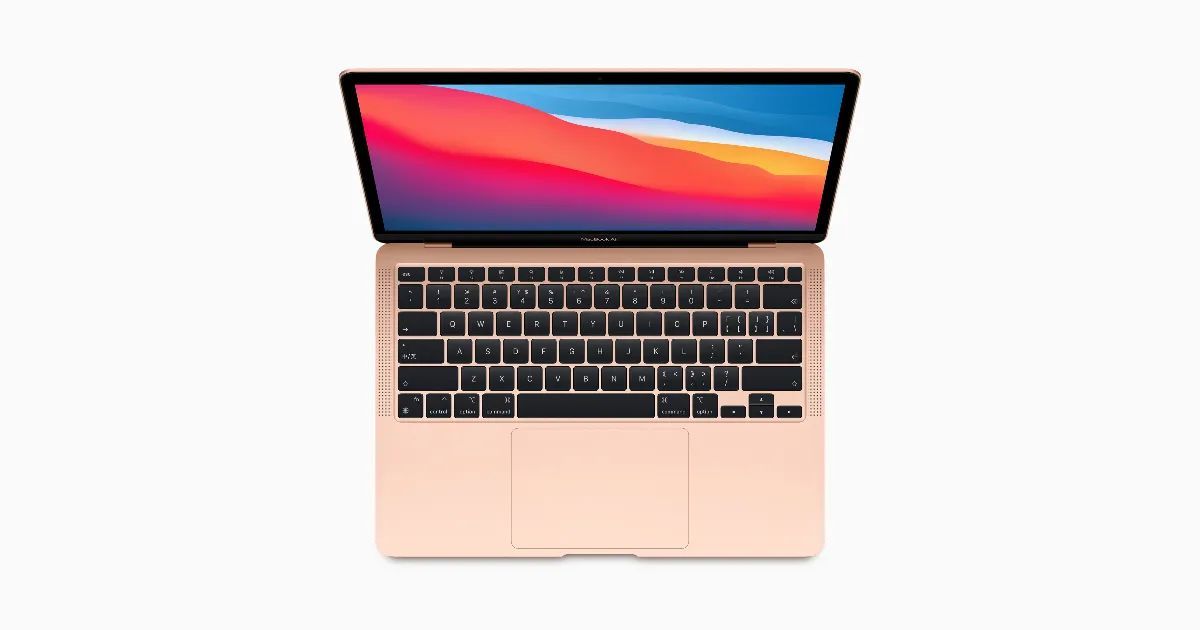
But when it was originally released back in 1984, the Macintosh marked a pivotal moment in the history of personal computers. Apple introduced the Mac with an iconic advertisement at the SuperBowl in 1984, which was directed by Ridley Scott.
More importantly, the Macintosh (later renamed to Macintosh 128K after Apple introduced the higher 512 KB version) became the first personal computer to taste commercial success. It was powered by the Motorola 68000 microprocessor coupled with 128KB of RAM. It also ran the System 1.0, which added the Finder that is used till date.
The Mac line-up revived when Jobs returned to Apple in 1996 after the company acquired NeXT. In 1998 Apple introduced the iMac G3, the original colourful Macs, which were a commercial success as well. Apple continued to refine the iMac and Mac lineup in the coming years. In 2008, Steve Jobs introduced the MacBook Air – arguably one of the most popular MacBooks – as the world’s thinnest notebook.
Over the years, Apple has made the Macs a lot more powerful as well. In 2020, Apple switched from Intel processors to its own in-house M-series of processors, which are faster and more energy efficient. The switch to M series has further tightened Apple’s control over its core products and the new processors now power Macs and iPads alike.
The success and continuous evolution of the Mac – nearly 40 years after it was first introduced – is a reminder of how it remains an important product in Apple’s portfolio.
Apple iPhone And The Rise of Smartphones
Love it or hate it, the iPhone changed how we interact with smartphones. The iPhone launched on January 9, 2007 and eventually went on sale by end June 2007. It was an instant success. By September 2007, Apple had sold one million iPhones. But more importantly, the iPhone’s launch marks a critical moment in the smartphone industry, given it introduced ‘multi-touch’ interaction on a large screen – one that has steadily become larger over the years.
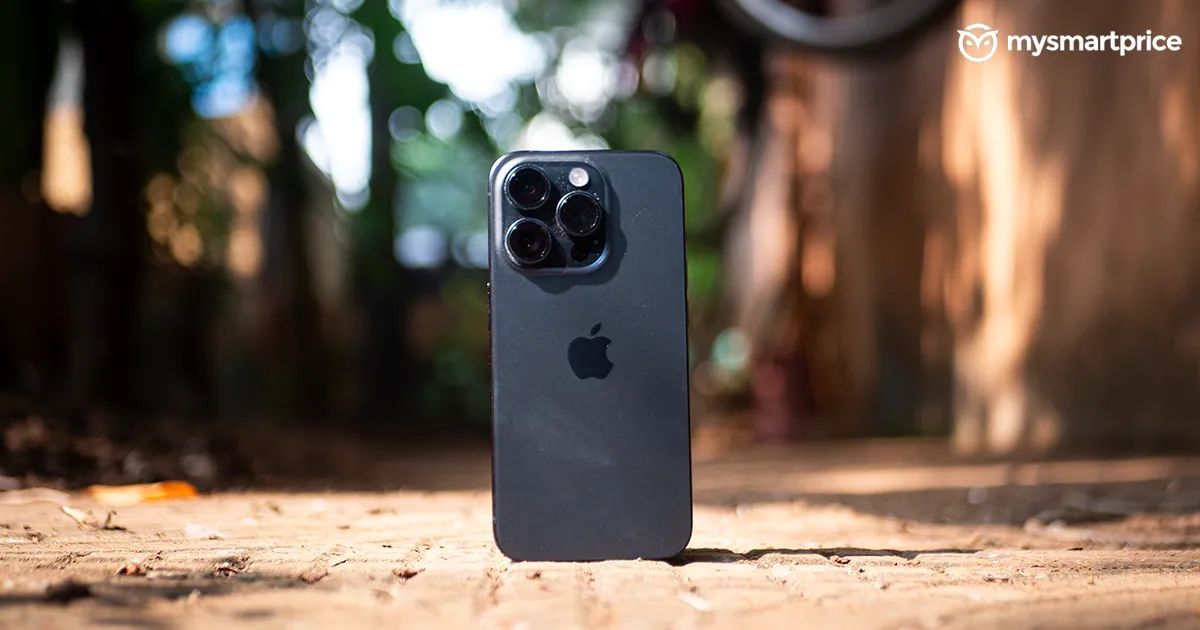
It forced users to switch entirely to touch-screen at a time when Nokia’s Communicator or BlackBerry with their keyboards were seen as the de facto premium devices. And the iPhone remains the ultimate premium device, one of the most coveted, despite the fact that not much has changed in the past few launches.
In 2023, Apple’s success with the iPhone continues given it has overtaken Samsung in terms of shipments for last year, according to Counterpoint Research.
There’s no doubt that iPhone also introduced many firsts. It got its own App Store in 2008 with around 500 applications, some of the world’s most popular and addictive games were released on the iPhone first and, in fact, in the early days of iOS vs Android, some apps remained iOS-only for a long time.
Apple iPod And a New Way to Listen To Music
Before the iPhone, Apple’s iPod was the device that many aspired to own. The iPod also changed the music industry. The iPod was a portable media player – best known as a music player – first launched in 2001 and remained one of its most popular products till, of course, the era of the iPhone took over.
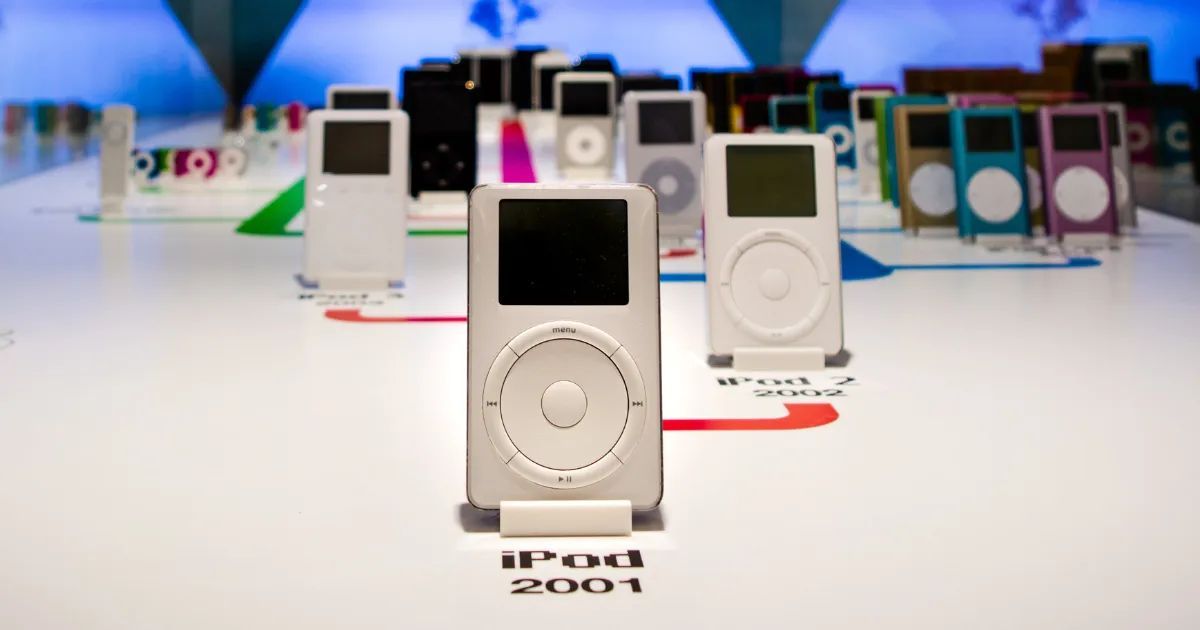
The iPod had several iterations, from the classic iPod to the iPod shuffle to the iPod Nano and the iPod touch. The last one on the list was a good alternative to those who wanted an iOS device, but could not afford the iPhone. The iPod Touch had access to the App Store and could run the same apps as an iPhone at the time.
But the iPod was iconic for introducing digital music to customers, letting them store thousands of songs on-the-go. It is seen by many as having laid the foundation for the streaming era and giving customers instant access to their music. More importantly, users could choose to listen to a particular song in an album with the iPod, and it changed the patterns of consumption.
By April 2007, Apple sold nearly 100 million iPods. Apple bid goodbye to the iPod line-up in May 2022, as it became redundant in front of the iPhone. But, with 450 million units shipped from its inception to end, the iPod remains one of the biggest consumer tech successes.
Apple iPad And The Rise of The Tablet
The iPad was yet another category defining product when it first launched back in 2010. But the idea of an iPad had existed at Apple for nearly 27 years. The key reference point is a Steve Jobs speech from 1983 where he spoke about the need for a designing a computer in a book format, which would be portable and take only 20 minutes to learn to use.
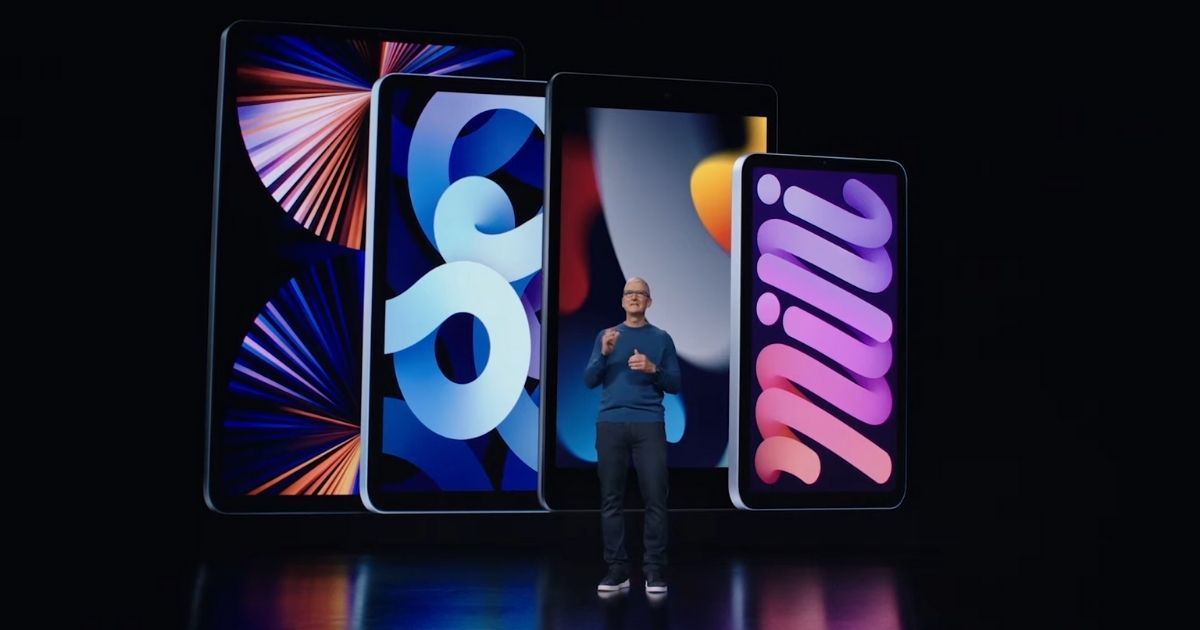
Interestingly, when the iPad was first announced, the name was mocked given its reference to the female sanitary napkin. But jokes aside, the iPad ended up popularising an entirely new category: tablets.
Of course, in the many years since it has launched, the iPad has only grown more powerful and for many professionals today it has replaced their laptop to become the primary device. To interact with its large display, Apple even made a ‘Pencil’ to accompany the iPad.
Currently, the iPad lineup is a lot more complex than when it first launched. We have the iPad Air, the iPad Pro series, the iPad mini and just the iPad. Despite the strong competition from Windows and Android, the iPad remains one of the most successful tablets to date.
Apple Watch And a New Era
After the demise of Steve Jobs, the Apple Watch was the first new product category launched by Tim Cook back in 2015. And it has become another category defining product even if the initial response was tepid. In fact in 2017– just two years after launch, the Apple Watch was the number one selling watch in the world. Yes, it outsold smartwatches and regular watches. And it has continued to grow in terms of sheer numbers outselling the entire Swiss Watch industry in 2020.

The Apple Watch has evolved over the years no doubt, the screen has gotten bigger, it has more sensors, it can now track body temperature for women’s ovulation cycles. There’s even an Ultra version now. But perhaps the biggest testament to the Apple Watch’s success is the sheer number of clones that have emerged worldwide.
While Apple has limited the Watch to its iPhones, there’s no doubt that this remains a bestseller with the Cupertino commanding nearly 45 per cent of market share, according to numbers shared by Counterpoint Research. In fact, Apple’s dominance of the category has remained so strong that other brands have struggled to challenge it so far.
Apple AirPods And How The Wired Headphone Era Came to an End
We are all so used to the idea of wireless earbuds now, but it was the Apple AirPods that popularised the category. No, Apple was not the first to introduce truly wireless stereo (TWS) earbuds. Rather, it was a Japanese company, Onkyo, in 2015. But the AirPods put the category into sharp focus.
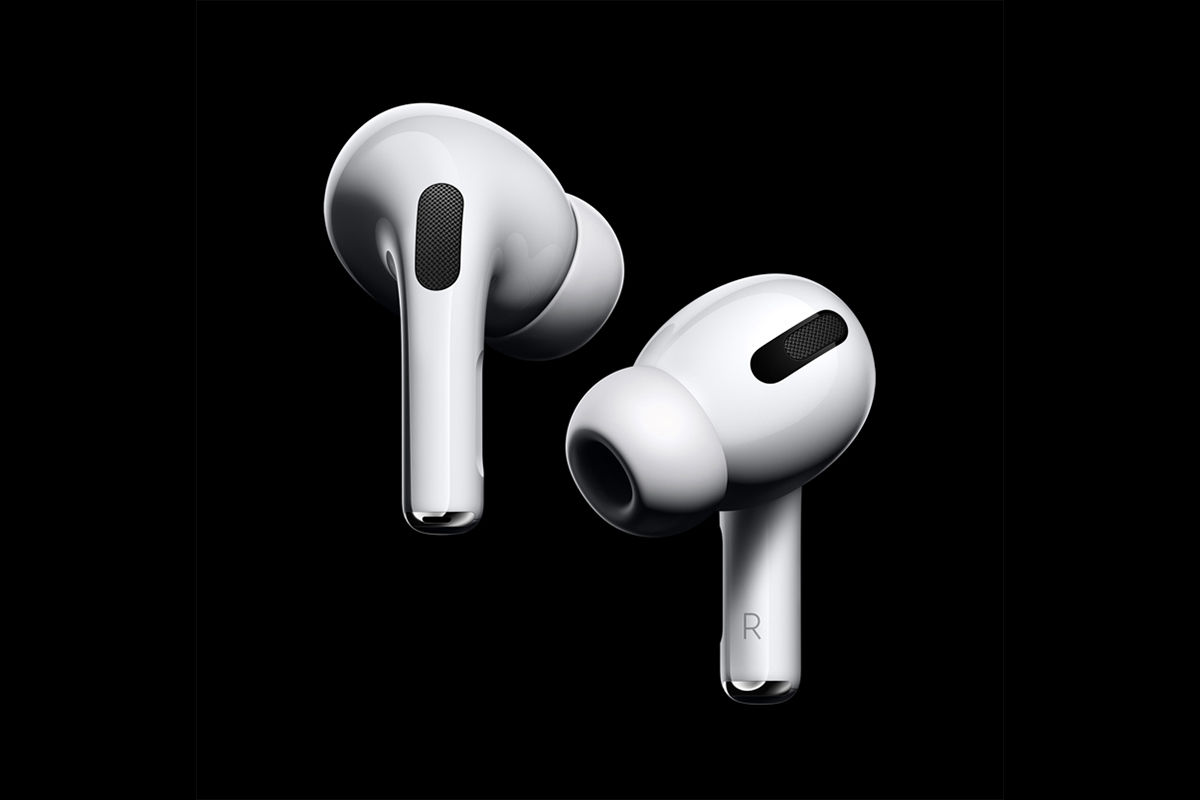
Apple AirPods were announced back in September 2016 along with the iPhone 7. And the wireless earbuds were mocked ruthlessly when Apple first showcased them, with reviewers noting that they looked like someone had cut off the wires from the wired earpods.
But the criticism was unwarranted. Apple is estimated to have sold close to 120 million of these since launch, and the AirPods have no doubt emerged as a major cultural product. Of course, there are plenty of cheaper AirPods clones flooding the market – especially in India, but the original remain a coveted product.
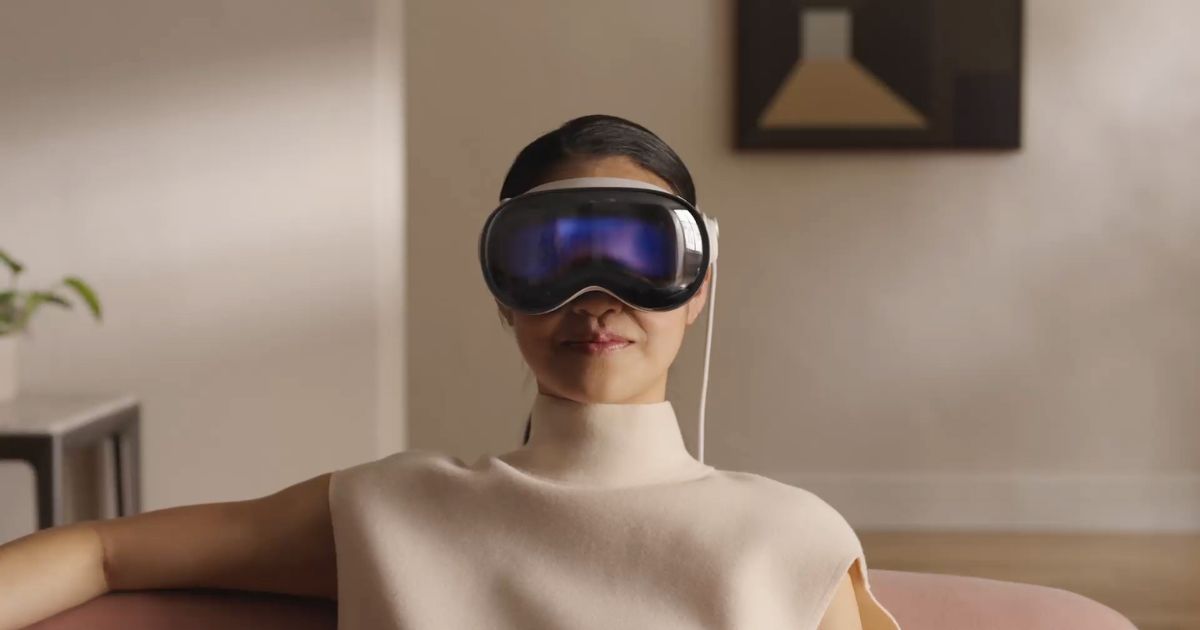
Apple Vision Pro And The Era of ‘Spatial Computing’
The launch of the Apple Vision Pro is likewise an important moment in the company’s history. Now, Apple CEO Tim Cook has spoken about the potential of augmented reality several times in the past, though the actual product has taken several years to come to fruition.
Of course, Apple is not the first company to launch a mixed reality headset nor is this product the most elegant solution that can be imagined. Companies like Meta, Sony, HTC have been players in the AR/VR space for a while now. But Apple’s entry is seen as a pivotal moment. Typically, the past trend is that when Apple enters a category, it acts as a catalyst to the entire ecosystem, with developers and competition jumping in to create a rival alternative.
But given the kind of product that Vision Pro is, and the price it commands, this won’t be as easy. It remains to be seen if Apple Vision Pro can repeat history and help the company popularise AR/VR. Will Apple Vision Pro normalise people moving around with headsets? Will future iterations prove less cumbersome and easier to wear? We will have to wait and see.













